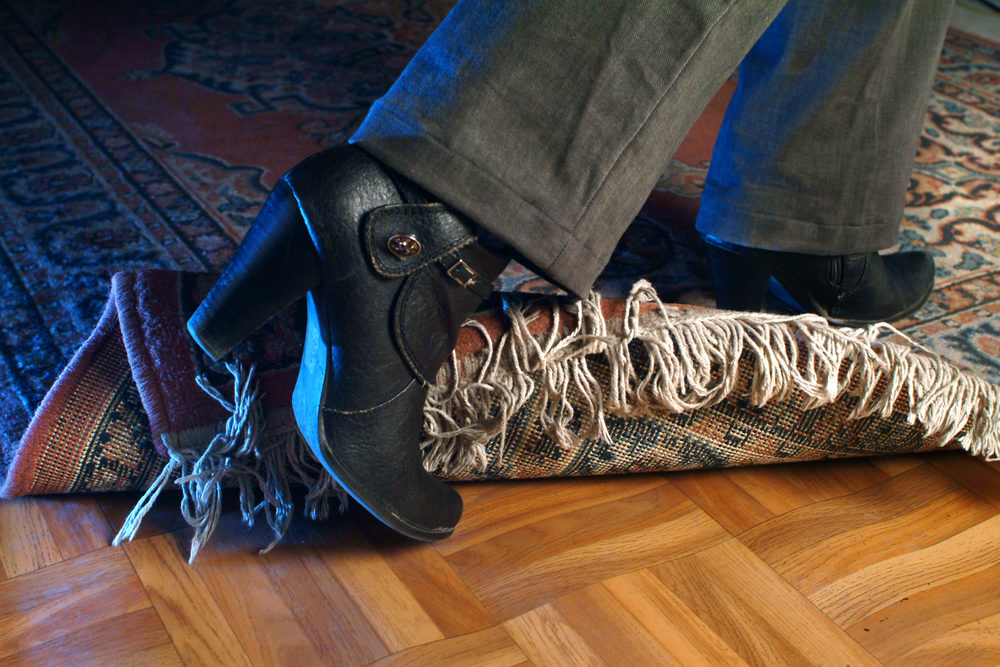
Heart disease, Alzheimer’s, cancer — when you think about the conditions affecting elderly Americans, these severe health issues likely come to mind. While these medical complications cause hundreds of thousands of deaths in the senior population every year, there’s another that’s entirely preventable. Trips and falls are a leading cause of injury and death among Americans older than 65 years old. In 2014 alone, senior citizens reported 29 million falls, which translates to billions of dollars in medical bills. Aside from the financial impact, falls don’t have to happen. Some health conditions are unavoidable, but unintentional falls can be stopped.
About 12 million senior adults in the U.S. live alone, a significantly higher percentage of the population than in other countries. These senior citizens may choose to stay home to avoid a retirement community and retain independence as long as possible. But the danger of older adults tripping and permanently injuring themselves cannot be ignored. Older people are more at risk for falls. Medication can make it harder to remain steady on your feet, Vitamin D deficiency is common in older adults, and it’s associated with balance problems. Older adults are also at risk of falling because of vision problems like macular degeneration or cataracts, making it hard to see clearly.
In Virginia, falls among elderly adults are below the national average, according to data from the CDC. Still, 69 elderly adults died as a result of falls in Virginia in 2018. That’s 69 too many, considering that fatal falls are avoidable with proper education.
Common Causes of Tripping
Unintentional injuries are likely to happen at home, and knowing the most common tripping hazards can reduce the chance of a dangerous fall. Making simple changes around the house can make it less likely that anyone will slip, trip and fall, especially a senior adult.
Throw Rugs
A rug can make a room feel cozier, but it also presents a severe risk for elderly adults. A study published in the Journal of Injury and Violence Research found that loose rugs and damaged carpets contribute to many falls. Nearly 38,000 senior citizens are hospitalized every year after tripping on rugs. The most common scenarios include wet carpet, rushing to the bathroom, and walking from a carpet to non-carpeted flooring.
Clutter
It’s happened to all of us — you trip on the TV remote or a bag you forgot to move while walking to the couch. Best case scenario, you catch your balance and walk away with a bruised ego. For elderly adults who are already struggling to stay upright, falling on clutter can cause extensive injuries.
Poor Lighting
You have control over the lighting inside of your home, but renters have little say in whether their property managers maintain exterior lighting at an apartment complex or residential property. Property owners are responsible for ensuring their buildings are well-lit, but some neglect that duty, causing preventable trips and falls in the dark.
Stairs
In the last 50 years, the number of multi-story homes built in the U.S. has skyrocketed. As a result, elderly Americans who grew up in one-story homes may find themselves climbing stairs every day now. Falling down the stairs is one of the most dangerous ways to injure yourself at home, and it can lead to broken bones, concussions, and sprains. Additionally, stairs may be rundown because of poor maintenance, making it easier to fall on them.
Ways to Prevent Trips and Falls
Regular medical care is one of the best ways to reduce the risk of tripping. A doctor can share the side effects of medications, so a patient is aware of the dangers of dizziness, and they can also order blood work to catch any vitamin deficiencies. An optometrist will conduct regular exams to update eye prescriptions and make sure vision remains in top shape. Participating in strength and balance exercises on your own time can also make it easier for you to stand confidently. Existing medical conditions sharply increase the chances of a fall injury, so doing what you can to remain healthy is necessary.
Investing in a medical alert system may also be a wise idea for older adults, especially those who live alone. These systems consist of wearable bracelets, watches, and necklaces with help buttons that connect seniors with emergency personnel who can dispatch medical services after a trip or fall. It’s essential to get medical help as soon as possible after an injury, and these systems make it easy for seniors to notify first responders.
Education is also crucial. The Virginia Department for Aging and Rehabilitative Services received a three-year grant from the federal government in 2018 to prevent fall-related injuries and deaths. That same year, Marymount University and other senior-focused organizations established the Northern Virginia Falls Prevention Alliance. The Alliance offers programs and strategies designed to reduce the number of falls among elderly Virginians. We hope these programs will decrease the number of falls in Virginia and around the country.
Sometimes, no one is at fault after a fall-related incident. But if a property manager or owner didn’t do their due diligence and their property was filled with hazards, you may be able to recover damages for your injuries. Call or text us at 703-836-3366 or contact us online to discuss your legal options if you’ve been injured after tripping and falling. The owner of the property where the fall happened might be liable.

Justin Curcio joined Curcio Law in January 2020. Justin received his J.D. from St. John’s University School of Law in 2015. After passing the Virginia Bar in 2015, Justin was in-house counsel for an insurance defense firm (Allstate/Esurance/Encompass) for over four years before joining Curcio Law. During law school, he worked for the Nassau County District Attorney’s Office and the law firm of Bartlett, McDonough & Monaghan, LLP. Contact Justin at jcurcio@curciolaw.com.



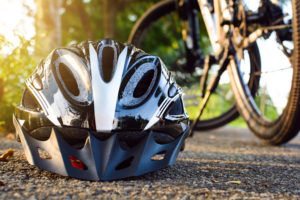
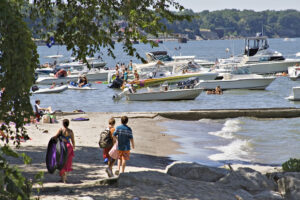


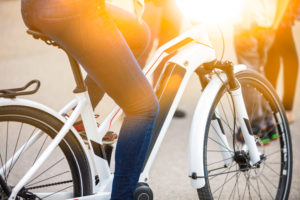

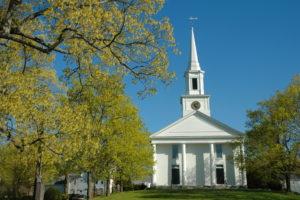
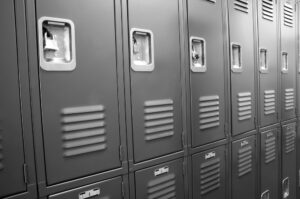
Comments for this article are closed.